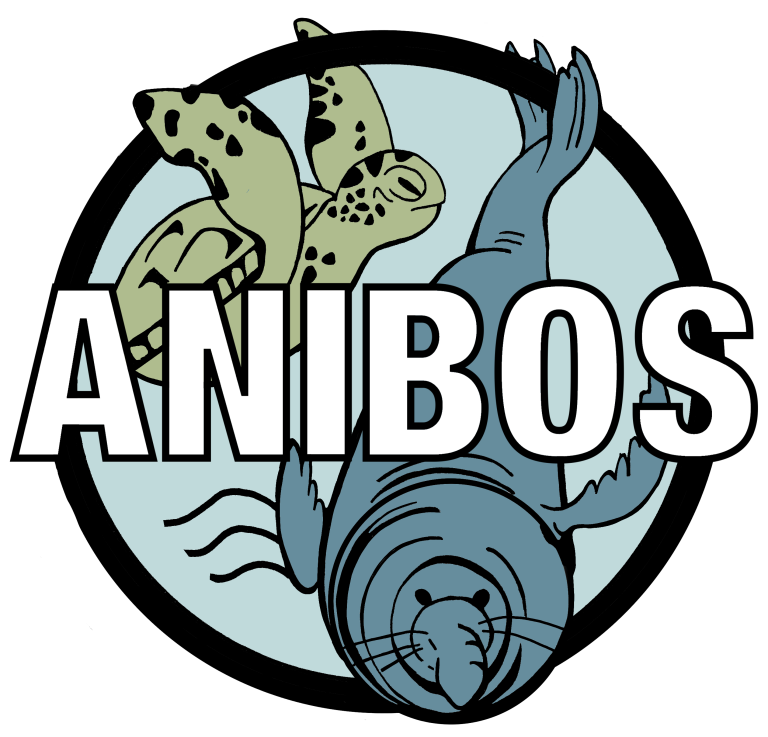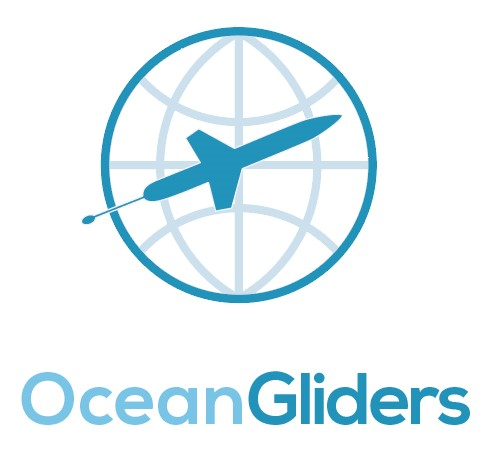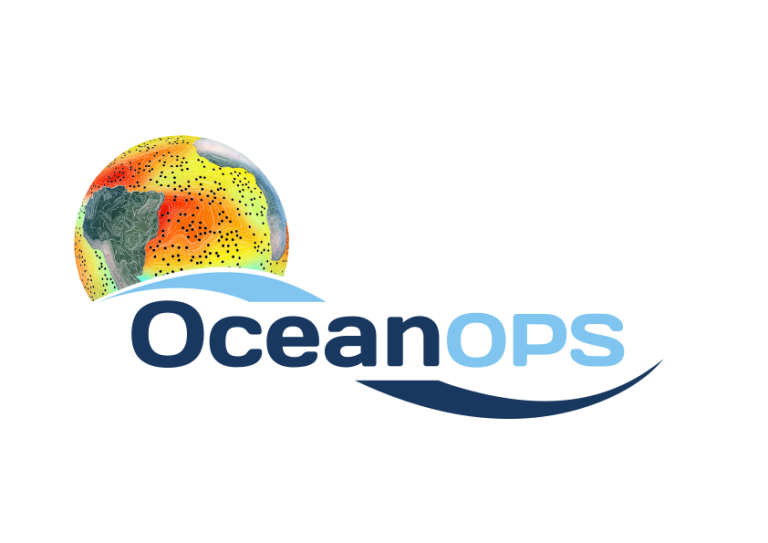Marine Observations
Marine observations
The Global Ocean Observing System (GOOS) is sponsored by WMO, IOC of UNESCO, UNEP, and ISC. It is designed to provide sustained observations from the global ocean, and related analysis and modeling of ocean fields in support of operational oceanography and climate change applications. WMO Members directly participate in the GOOS by the provision of in situ and satellite observations. It is not solely operational, but includes work to convert research understanding into operational tools. It is designed to produce products useful to a wide range of users.
The Observation Coordination Group (OCG) of GOOS works to guide and strengthen the implementation of the Global Ocean Observing System (GOOS) and WMO Integrated Global Observing System (WIGOS) through identifying, coordinating and developing relevant initiatives across the global ocean observing networks. There are 13 OCG networks providing long-term, global, high-frequency, in-situ ocean observations using various technologies to inform weather, climate, the environment, marine ecosystem, and coastal regions and directly contribute to skillful forecasts and product development.
The WMO IOC in-situ Ocean observations Programme Support Centre (OceanOPS) is the International Center of Excellence of coordination and monitoring of the global ocean observing systems that are part of the GOOS. OceanOPS is managed through OCG under the umbrella of WMO and IOC of UNESCO.
OCG is contributing to the implementation of the WIGOS and WMO Information System (WIS).
Global ocean observing networks that contribute to the OCG: | ||
| The Ship Observations Team (SOT) | Ship based observations (surface meteorological observations, aerological profiles, sub-surface oceanographic observations). | |
| The Data Buoy Cooperation Panel (DBCP) | Drifting buoys (Lagrangian drifters), moored buoys (meteorological moorings, tropical moorings, tsunami buoys), ice buoys. | |
| The Global Sea Level Network (GLOSS) | Tide gauges. | |
| The Argo profiling float Pilot Project | Sub-surface profiling floats (temperature/salinity profiles). | |
| The OCEAN Sustained Interdisciplinary Timeseries Environment observation System (OceanSITES) | Deep ocean multi-disciplinary reference stations (mainly moored buoys). | |
| GO-SHIP | The Global Ocean Ship-Based Hydrographic Investigations Program | |
| Animal-Borne Ocean Sensors (AniBOS) | A network deploying instruments on seals and other marine animals to provide salinity and temperature profiles and behavioural data. | 
|
| The Global High Frequency Radar Network (HF Radar) | A globally operational high frequency radar system measuring coastal surface currents | 
|
| Ocean Gliders | A globally operational network of underwater gliders | 
|
| Tsunami Buoys | 
| |
Implementation support: | ||
| The WMO-IOC in situ Observations Programme Support Centre ( OceanOPS) | Technical coordination, deployment opportunities, programme status and monitoring. | 
|
| Observing System Monitoring Center (OSMC) | The purpose of the Observing System Monitoring Center is to show the types, location and timing of in-situ observations throughout the global oceans. | |
Partnership for ocean observing systems : | ||
| The Partnership for new GEOSS Applications (PANGEA) | PANGEA is a concept developed by JCOMM with the goal to develop partnership between developed and developing countries to realize the socio-economical benefits of ocean observing systems at global and regional scales. | |
| The International Ocean Carbon Coordination Project (IOCCP) | Ship based ocean carbon observations. | 
|
| Satellite Remote Sensing programs | ||








